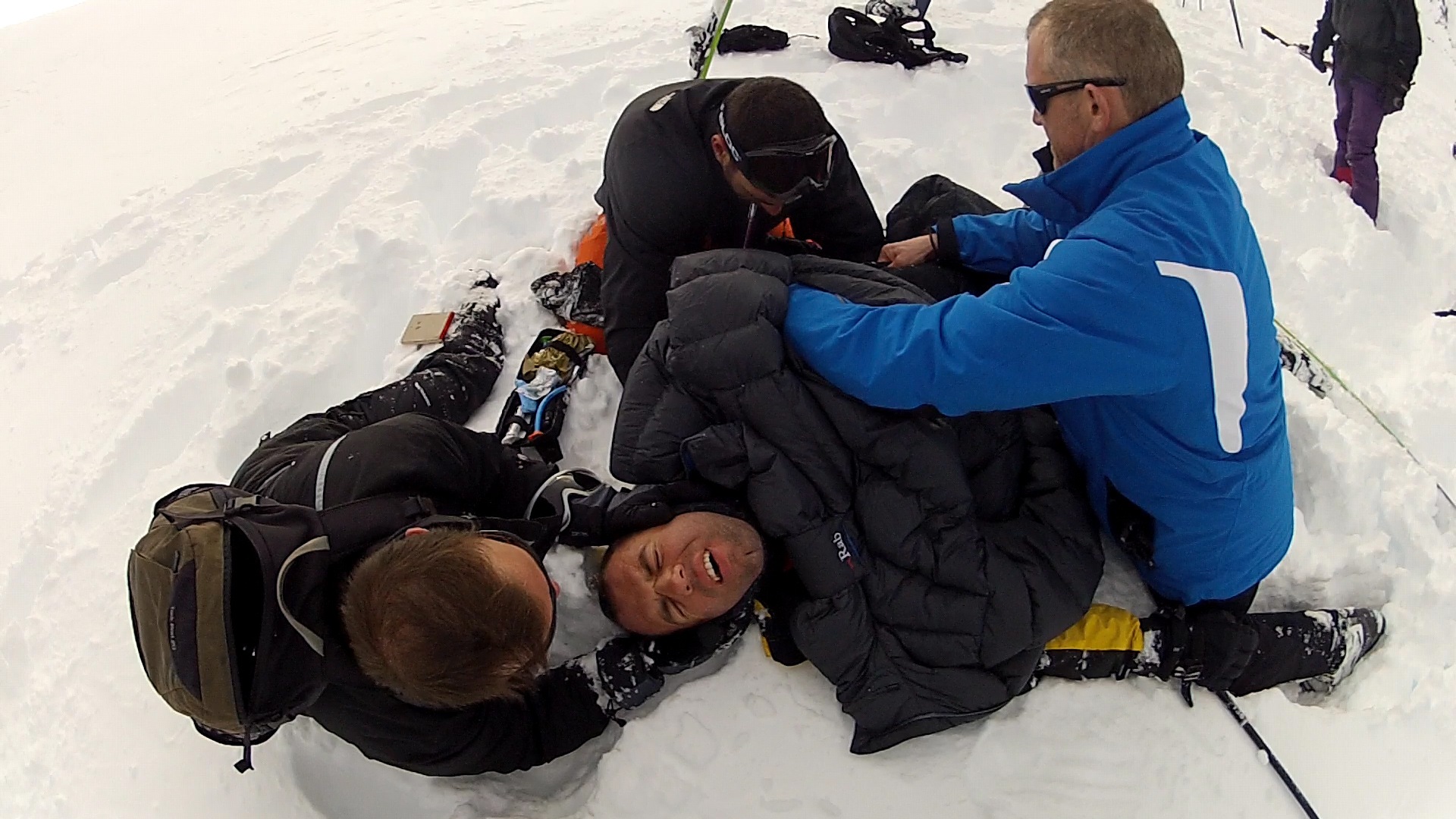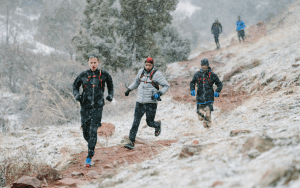
Mild or severe Hypothermia : how to treat them?
Treating Hypothermia is a hard problem to face. Symptoms, treatments and example on how to save people from cardiac arrest.
Hypothermia is a big problem in winter, in any area of the world. It is literally a reduction of the body temperature that happens when you dissipates more heat than your body con absorbs.
 When your body temperature goes below 35.0 °C (95.0 °F) we can start talking about freeze. Symptoms depend on the temperature, and there is usually two kinds of hypothermia definition. In chill, there is shivering and mental confusion. When shivering stops and your body functions start to be decompensated, we start talking about severe hypothermia: there may be paradoxical undressing, in which a person removes his or her clothing, as well as an increased risk of cardiac arrest.
When your body temperature goes below 35.0 °C (95.0 °F) we can start talking about freeze. Symptoms depend on the temperature, and there is usually two kinds of hypothermia definition. In chill, there is shivering and mental confusion. When shivering stops and your body functions start to be decompensated, we start talking about severe hypothermia: there may be paradoxical undressing, in which a person removes his or her clothing, as well as an increased risk of cardiac arrest.
You could watch an interesting explication about hypothermia from the Wilderness Medicine Association, who talks about the treatment of this kind of illness. We could say also that low temperature occurs from two different conditions that decrease heat production or increases heat loss. Alcohol intoxication, low blood sugar, anorexia, advanced age increase the risks.
 The treatment of chill involves “all the things your mom suggest you do”. Warm drinks, warm clothing, physical activity, stay near the campfire. In those with freeze, heating blankets and warmed intravenous fluids are recommended.
The treatment of chill involves “all the things your mom suggest you do”. Warm drinks, warm clothing, physical activity, stay near the campfire. In those with freeze, heating blankets and warmed intravenous fluids are recommended.
In severe hypothermia, things changes suddenly. People with severe hypothermia should be moved gently. The internal organs did not work as usual and they start to be not compensated. In these cases, extracorporeal membrane oxygenation (ECMO) or cardiopulmonary bypass may be useful. In those without a pulse, cardiopulmonary resuscitation (CPR) is indicated along with the above measures. Rewarming is typically continued until a person’s temperature is greater than 32 °C (90 °F).


